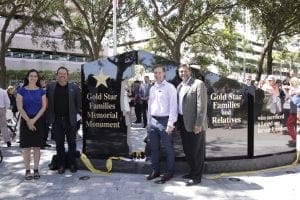
Event Recap: Gold Star Memorial Monument Project Dedication
On Wednesday, September, 25th a new Gold Star Families Memorial Monument was officially unveiled in West Palm Beach, FL.
Learn from award-winning professionals — explore our whitepapers, blogs, and the latest industry updates.
Join our dynamic organization of engineers, land surveyors, landscape architects, environmental scientists, and architects!
Talk to a market leader today! We’ll answer any questions you have about our professional services.
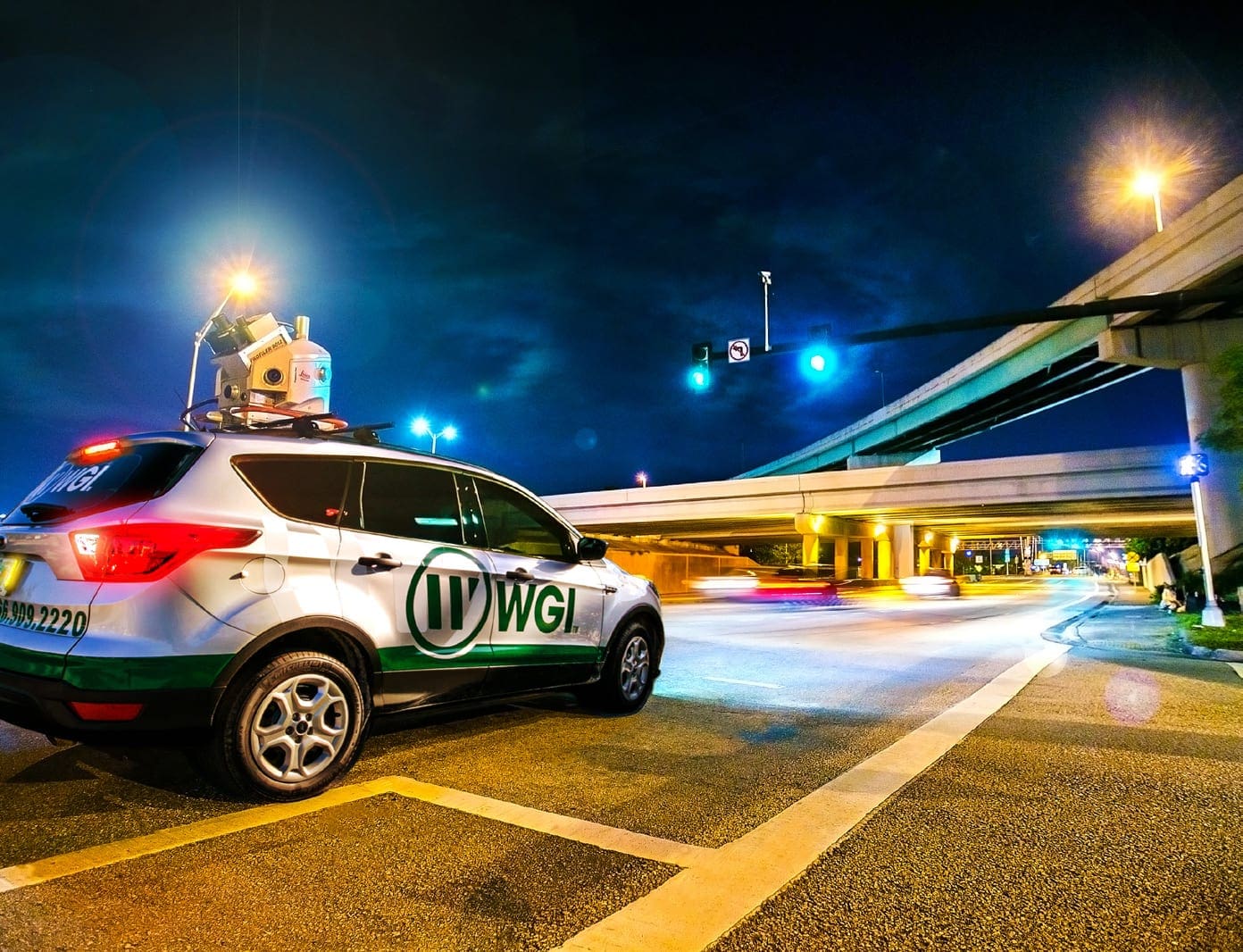
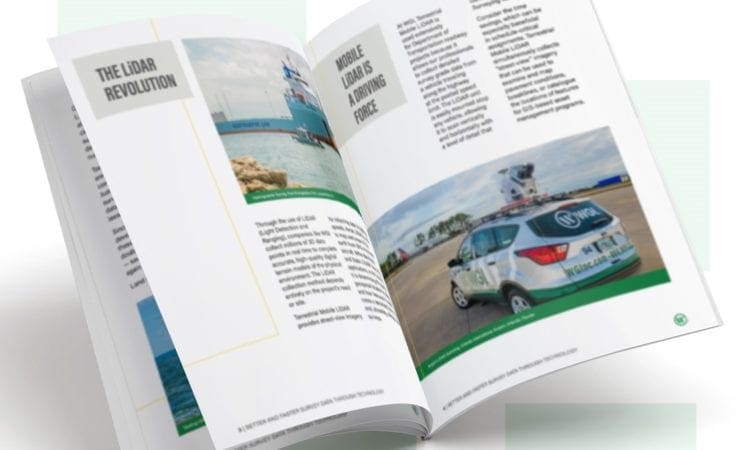
Better and Faster Survey Data Through Technology: Get Geospatial Already.
Over the last decade or so, Land Surveying has advanced at light speed. Although some circumstances still call for a surveyor holding a pole to collect data, those days are certainly numbered.
Today’s cutting-edge technologies are far more accurate, more complete, and measurably faster. Just as significantly, they enable surveyors to safely deliver detailed data in less time and usually at lesser expense.
Since time is always money during development projects, utilizing these technologies can result in double savings for project owners — save first on the mapping, save again on faster delivery.
Land Surveying is now part of a more comprehensive service within the AEC profession generally known as Geospatial, which relies on technologies such as remote sensing and reality capture systems to ensure the greatest efficiencies. The geospatial processing software used to store, calibrate, analyze, and extract the data is equally advanced.
To be successful — and provide clients the best service — design firms need all these resources at their fingertips. Otherwise, projects can take longer to complete, cost substantially more, and unnecessarily jeopardize worker safety. Using state-of-the-art geospatial technologies injected new life into a once-static field that was dependent on total stations and GPS receivers.
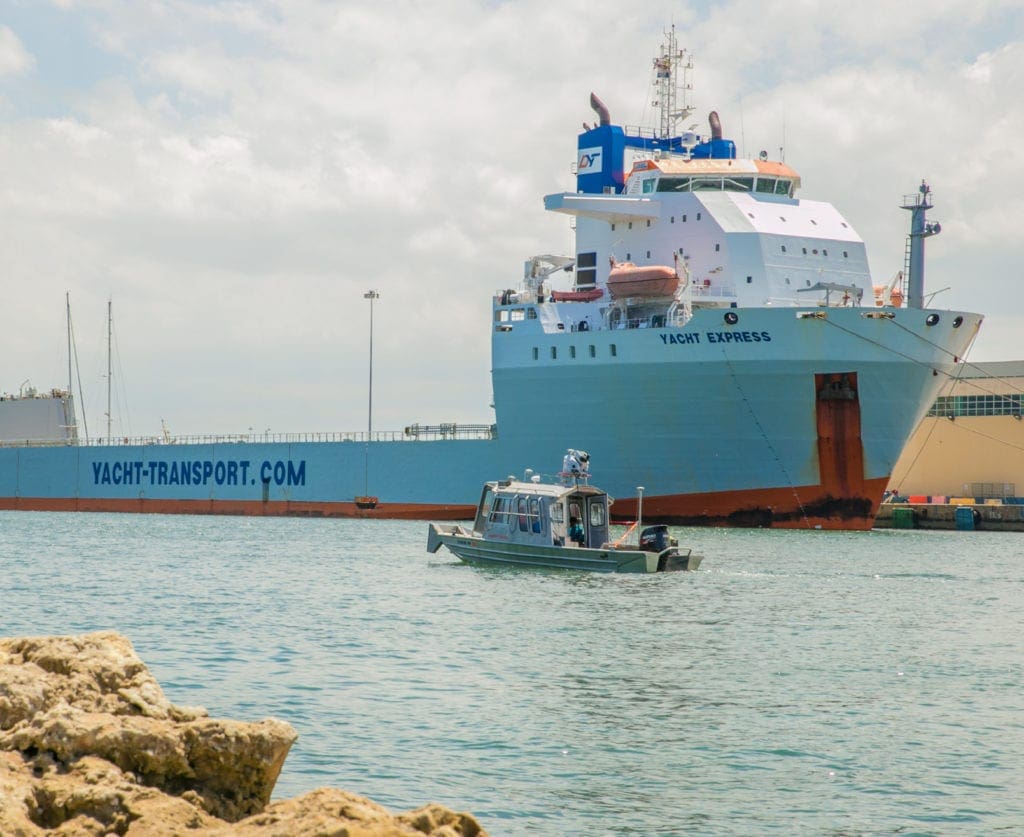 Through the use of LiDAR (Light Detection and Ranging), companies like WGI collect millions of 3D data points in real-time to complete accurate, high-quality digital terrain models of the physical environment. The LiDAR collection method depends entirely on the project’s need or site.
Through the use of LiDAR (Light Detection and Ranging), companies like WGI collect millions of 3D data points in real-time to complete accurate, high-quality digital terrain models of the physical environment. The LiDAR collection method depends entirely on the project’s need or site.
Terrestrial Mobile LiDAR provides street-view imagery by collecting data at highway speeds. Aerial LiDAR is used to map vast areas of the earth from GPS-monitored aircraft. While Backpack and Static LiDAR have other applications, in this context, it is determining the precise geospatial location of objects and their features in order to create a densified point cloud and, ultimately, design-quality surveys.
At WGI, Terrestrial Mobile LiDAR is used extensively for Department of Transportation roadway projects because it allows our professionals to collect detailed survey-grade data from a vehicle traveling along the highway at the posted speed limit. The LiDAR unit is easily mounted atop any vehicle, allowing it to scan vertically and horizontally with a level of detail that conventional Land Surveying can’t match.
Consider the time savings, which can be especially beneficial in schedule-critical assignments. Terrestrial Mobile LiDAR simultaneously collects “street-view” imagery that can be used to examine and map pavement conditions, breaklines, or catalogue the locations of features for GIS-based asset management programs.
Land Surveying near airports and other restricted-airspace aviation areas presents different challenges for data collection. The mapping must be collected in the shortest time possible because airports do not shut down nor can air traffic be diverted simply to perform a survey.
As an example, it may take 160 weeks for one field crew to survey a 100-mile long, 250-foot wide highway corridor using traditional surveying methods, followed by 42 weeks to process the data to the point of a suitable existing-conditions survey design file. Using Mobile LiDAR, the data collection for the same 100-mile corridor takes one to two days, and the data processing can take one technician 60 weeks to produce the same survey design file.
Point Cloud extraction is typically broken into segments, allowing multiple technicians to work on the same project without conflict. The net result is a time savings of approximately 183 weeks.

 Similarly, LiDAR can be used on unmanned aerial vehicles (UAV) to collect a larger data set. WGI utilizes gas-powered Harris-brand aerial drones. This advanced drone flies for up to two hours collecting data over an area as large as 500 acres without refueling. Even with heavily wooded tracts, Aerial LiDAR can penetrate this canopy, making it ideal for bare-earth models.
Similarly, LiDAR can be used on unmanned aerial vehicles (UAV) to collect a larger data set. WGI utilizes gas-powered Harris-brand aerial drones. This advanced drone flies for up to two hours collecting data over an area as large as 500 acres without refueling. Even with heavily wooded tracts, Aerial LiDAR can penetrate this canopy, making it ideal for bare-earth models.
Aerial LiDAR is a growing trend for coastal region data collection. Using specific sensors, we can clearly map upland, shoreline, and under the water’s surface. In areas that are deemed uninhabitable, UAV mapping now makes surveying a possibility where it would have been extremely difficult or impossible in the past.
A combination of Terrestrial Mobile LiDAR and aerial data acquisition can quickly and accurately gather information to create a complete picture of a project. Data collection from the air and ground is useful to get a full capture of a site when line-of-sight is required.
For example, it may take 20 weeks to survey a 1,000-acre tract for a future planned community using traditional surveying methods, followed by two to four weeks to clean up the data into a suitable existing-conditions base file. Using Aerial LiDAR, the same 1,000-acre tract’s data can be collected in a single day once site control has been set, with data clean up taking the same timeframe as the conventional method. The net result is a time savings of 20 weeks.
To survey undrivable areas, we carry Mobile LiDAR in a backpack apparatus into the field. For instance, we need to survey a parking garage, interior of a country club, boardwalk, or an exceptionally remote area. A single WGI associate can simply walk through the project location wearing a backpack equipped with a LiDAR sensor. Its reality capture platform conducts detailed surveys and provides photo documentation — safer, faster, and more cost efficiently.
Static LiDAR is ideal for other applications. It is typically employed to survey tight spaces like pump rooms or building interiors. Structural data collection employs Static LiDAR due to the degree of accuracy required for the deliverables. The technology so accurately captures everything visible to the scanner that it’s likely our associate won’t have to return to the site — even if the scope changes or the limits of the project slightly extend.
No matter what type of LiDAR is used, associates should be able to scan once and use the stored data multiple times. This “scan-and-can” method offers the vital opportunity to save clients time and money as projects evolve.
Backpack LiDAR Scan of the Wellington Environmental Preserve Observation Tower, Wellington, FL
Projects like beach replenishment, port expansion, canal analysis, and coastal estuary evaluation often require detailed measuring and mapping of underwater features. That’s where our autonomous-survey, remote-controlled WGI Z-boat drones excel.
Featuring the latest hydrographic Land Surveying technologies, these unmanned vessels rapidly and accurately provide details underwater environments that may affect navigation or construction. They use multi-beam sonar, single- and dual-frequency echo sounders, and side-scan sonar to create images of the seafloor, coastline, and physical features including obstructions, cables, and pilings.
The ability to quickly collect accurate, up-to-date hydrographic information is especially critical, as below-the-surface environments are constantly changing.
Z-Boat Hydrographic Survey Assignments Z-Boat Drone Multibeam Point Cloud
Z-Boat Drone Multibeam Point Cloud
For over four decades, WGI is a leader in implementing technology in the Land Surveying space. Our experience allows us to bring true added-value to our clients, resulting in higher-quality data, collected more safely in less time, and often at lower cost to the client.
For more information about using advanced geospatial technologies to save time and money on your next project, or to simply have a conversation with one of the leaders of our Geospatial Services team, contact us.

Better and Faster Survey Data Through Technology: Get Geospatial Already.

WGI is a national design and professional services firm leading in technology-based solutions for the construction of public infrastructure and real estate development. At WGI, we’re providing Tomorrow’s Infrastructure Solutions Today.

On Wednesday, September, 25th a new Gold Star Families Memorial Monument was officially unveiled in West Palm Beach, FL.
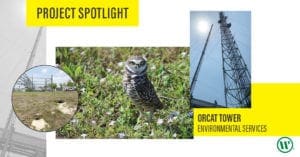
WGI’s Environmental Team conducted a due-diligence assessment for a communication complex that was over 50 years old. During their assessment, they discovered the site was being utilized as a habitat for a state-threatened listed species of owl, the Florida burrowing owl!
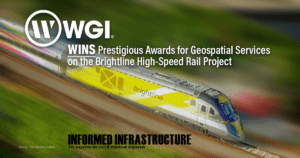
WGI Inc. Wins Prestigious Awards for Geospatial Engineering on the Brightline High-Speed Rail Project.
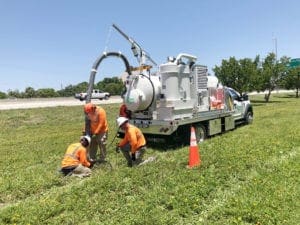
WGI SUE experts explain why 811 is not enough to find the utilities around your subsurface utility engineering project.

Discover how WGI seamlessly blends urban connectivity with natural conservation in the Clear Lake Trail & Boardwalk project, integrating innovative design and engineering to enhance the landscape while preserving the purity of Clear Lake, West Palm Beach’s primary drinking water source.
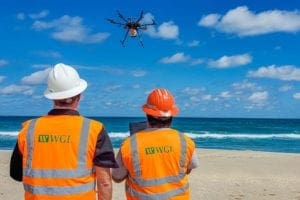
WGI is adding new versatility to our lidar capabilities with the introduction of lidar USA’s “Snoopy” system.
You’ve been searching for a place like WGI. We look forward to meeting you soon.
Sign up to receive emails to hear our latest news and achievements in our monthly newsletter.
Enter your zip code, and we’ll personalize your experience with local projects, office locations, team members, and more.
WGI supports its associates with meaningful opportunities for growth, strong benefits and perks, while we work collaboratively with clients and co-consultants to shape and improve communities.






WGI is a dynamic organization with opportunities nationwide for engineers, land surveyors, landscape architects, environmental scientists, and architects.